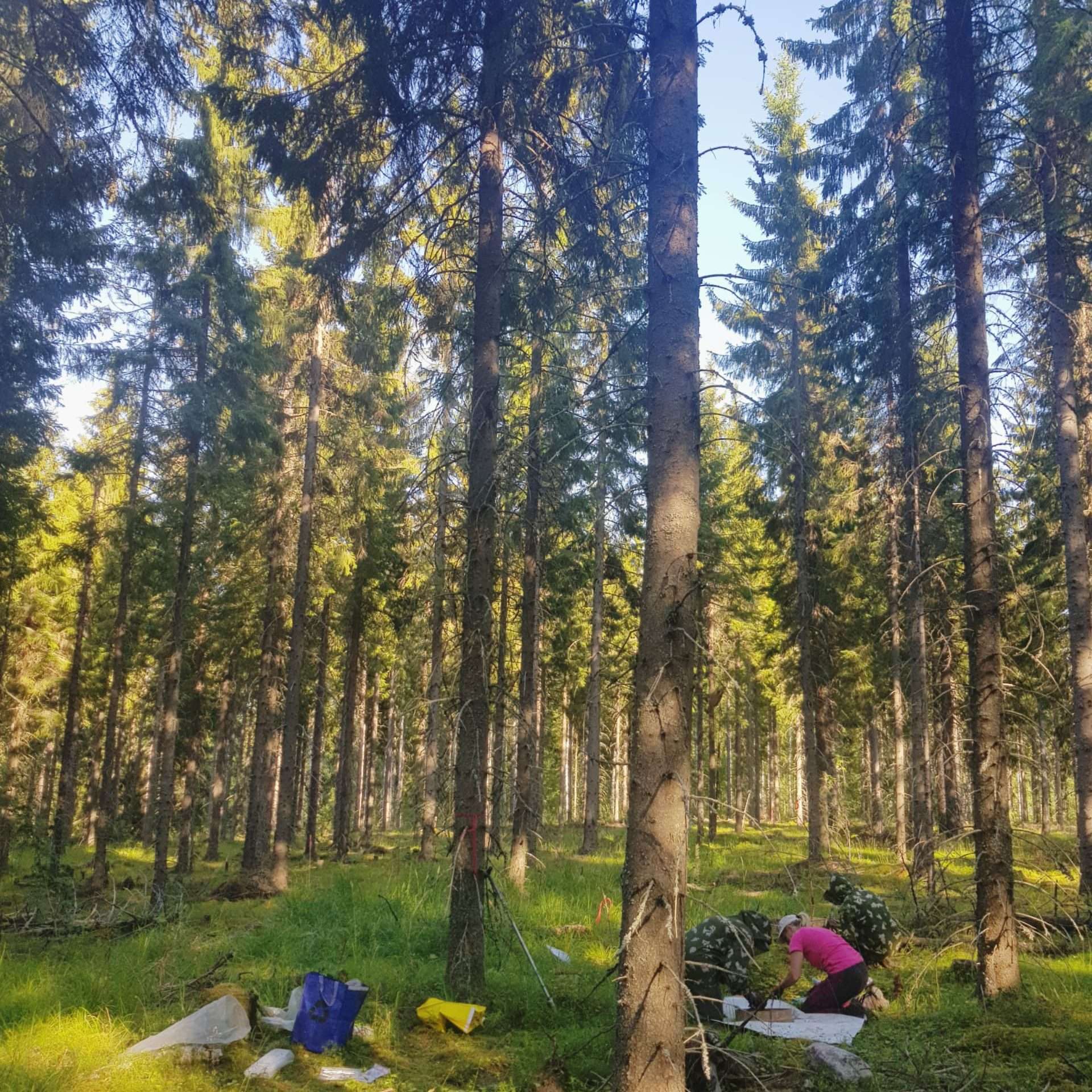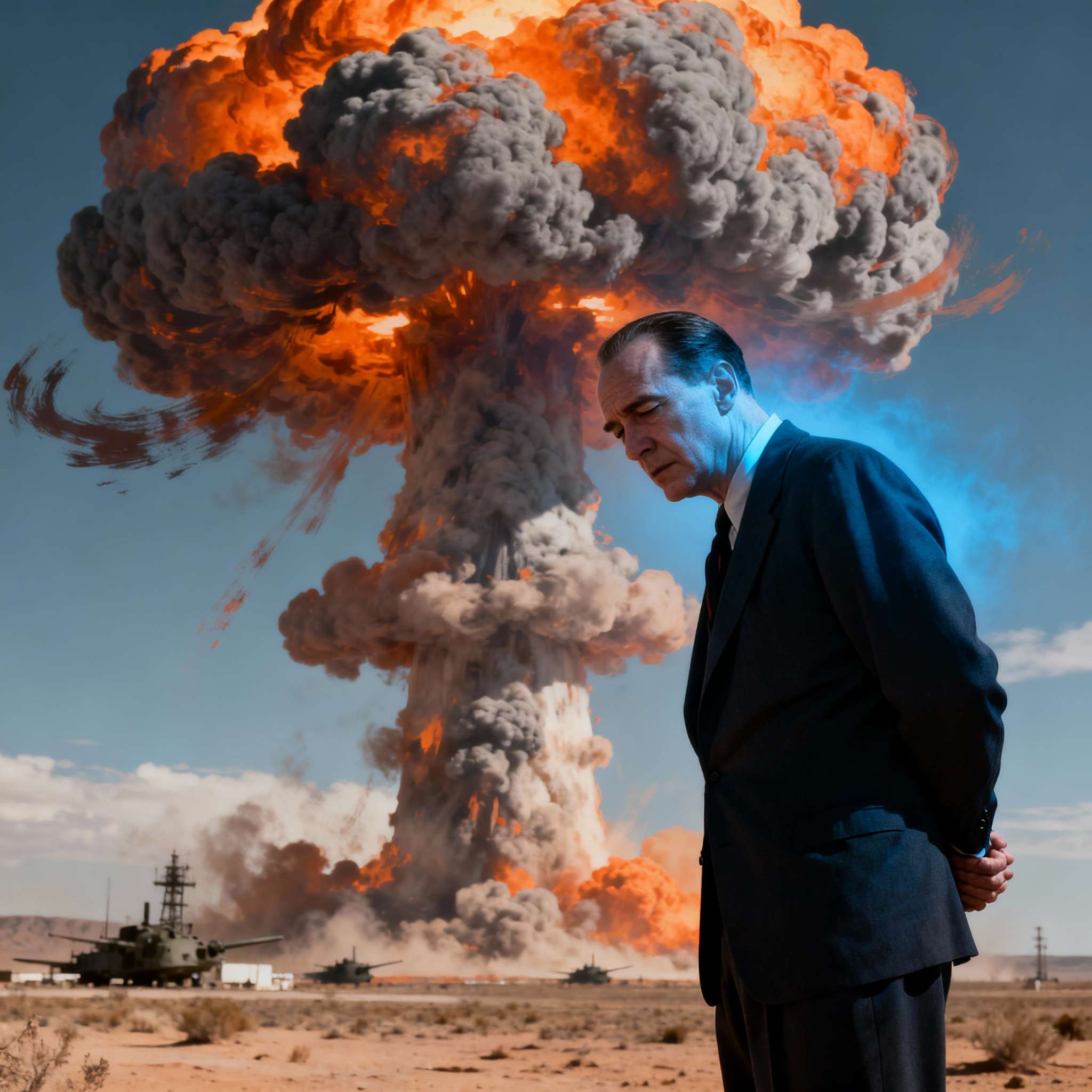Can where you live decide how long you live? New research links segregation with soaring death rates across the United States.
How TikTok is Changing the Way We Talk about the Planet
What happens when 1.8 billion users discuss the planet on TikTok? Find out which topics inspire action and which voices capture the crowd’s attention.
AI Coaches Reshape Personal Growth Worldwide
Could an AI chatbot soon replace your career coach? A global review uncovers how artificial intelligence is redefining learning and performance.
From Hype to Meaning: Social Representations of AI in Everyday Discourse
Why are people so fascinated by ChatGPT? Explore how cultural imagination and public dialogue shape the social meaning of artificial intelligence.
How Americans Think About Global Warming And Climate Change
Why do some people reject climate science while others act? New research reveals how beliefs shape understanding and what this means for communication.
Why The World’s “Fastest-Growing” Trees May Be Slowing Our Climate Fight
Could the trees we call fast growers be underperforming in real forests? New research shows slower species may capture more carbon than expected.
The Green Future of City Development Revealed
Can technology and nature work together for sustainable cities? Learn how scientists modelled eco-smart urban growth using nature-based solutions.
How Liverpool’s Boycott of The Sun Changed Politics
Can a football tragedy reveal the true power of media influence? Discover how Liverpool reshaped politics when it turned away from a powerful tabloid.
Nature’s Filter Wood Can Deliver Clean Water
Can ordinary wood provide safe water at just 30 cents per month? Can this natural filter rival high-tech systems in tackling microbes and plastics?
J. Robert Oppenheimer: The Man Who Invented The Atomic Bomb And Lived With The Consequences
What happens when science and morality collide? Discover how Oppenheimer’s creation changed the world and the scientist who lived with the consequences.










